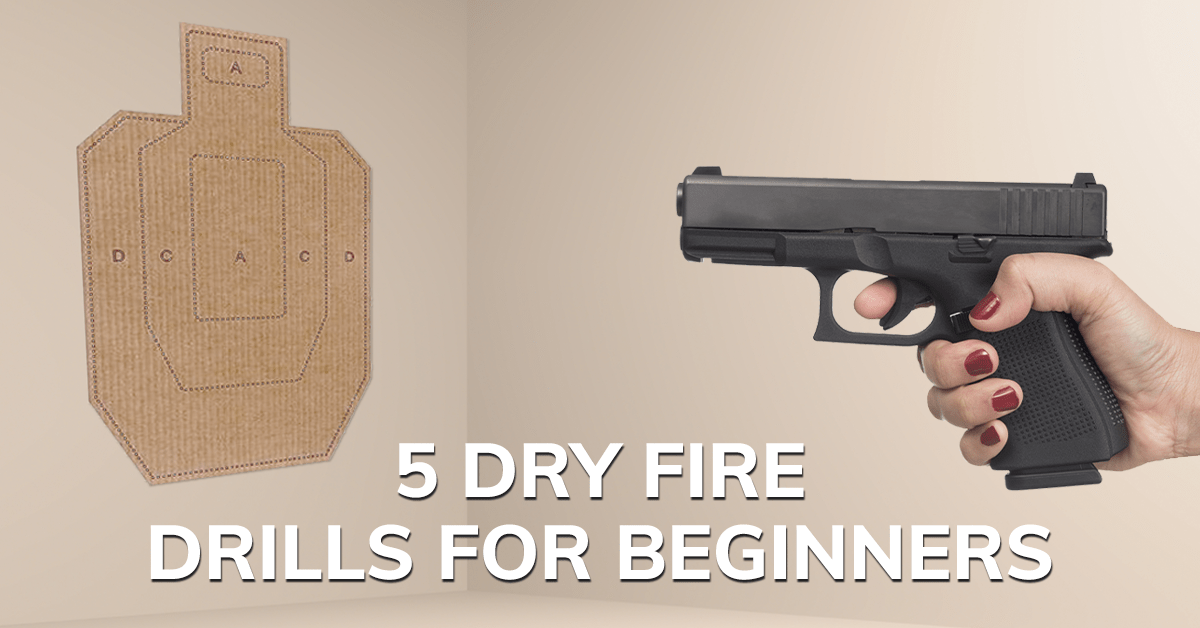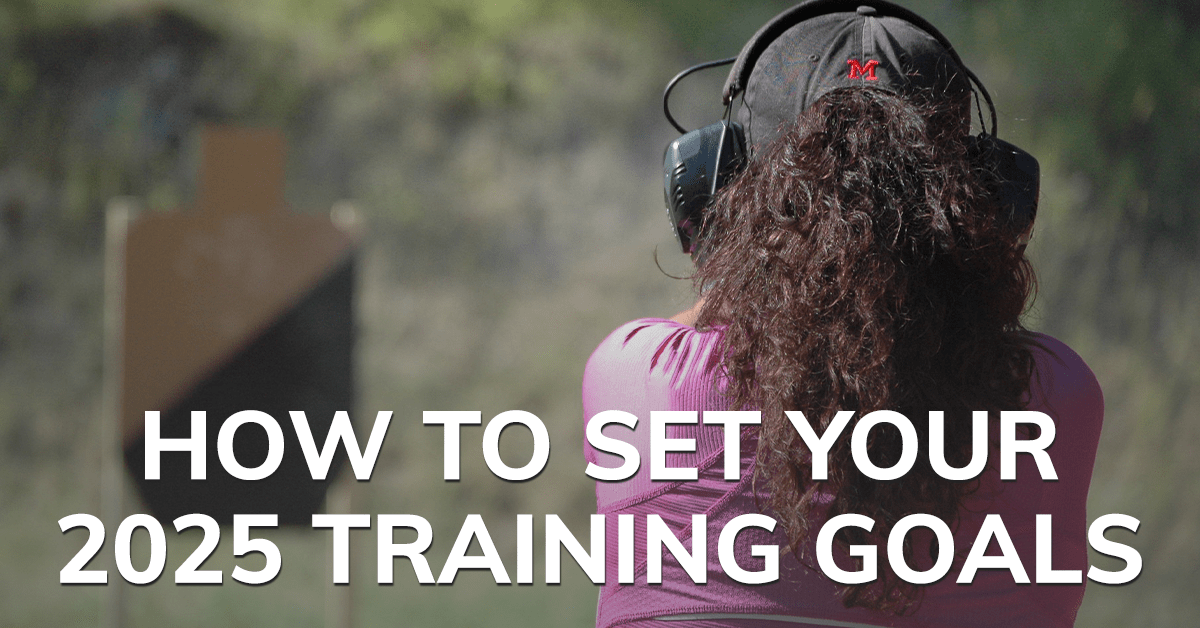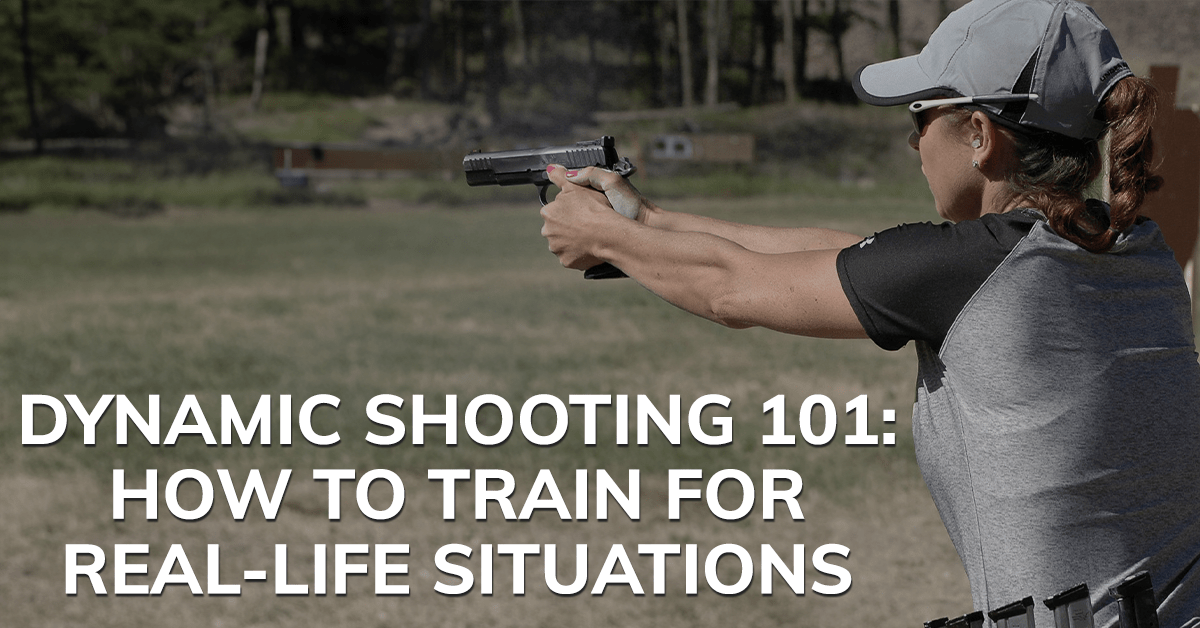Orders Over $100 Ship FREE (USA)!
Orders Over $100 Ship FREE (USA)!
CONCEALED CARRY
(Apparel with holster pockets or concealed-carry features)
PARTS & GEAR
RANGE STYLE
Gift shopping & not sure about size or style? Give a gift card instead!
GIFT IDEAS
EXPLORE
BFCM Sale 20% Off every item! EXTENDED
Black Friday & Cyber Monday EXTENDED: Indulge in Luxury, Pay Less.
How to Plan Your Training Goals for 2022
3 min read
The last two years have made it really challenging to train for everyone. Between everything shutting down and the ammo shortage, most of us spent a lot less time at the range training than we normally would. The good news is, ammo is finally coming back in stock and most ranges are open, so it’s time to start thinking about your training goals for 2022.
Creating training goals and a plan can be difficult if you've never done it before. The following guide will help you set goals and develop a training plan you can stick with.
Set Your Training Goals
No matter how long you’ve been shooting, it’s important to train. When you set goals, it’s easier to come up with a training plan and you’re more likely to stick with it if you have an end result in mind.
To figure out what goals you want to set, think about how you use your gun. If you carry concealed for self-defense, your goals can be centered around gaining competence in those areas. For example, being able to draw from concealment in 2 seconds or less would help you a lot if you ever have to defend yourself.
If you’re a competitive shooter, your goals can revolve around the skills you need to achieve a higher class. For example, if you’re a USPSA competitor, good goals would include improving your split times while maintaining a high level of accuracy.
Determine How You'll Measure and Track Your Goals
To make sure you achieve your goals and get some motivation while you’re training, it’s important to have a way to measure and track your goals. The first step is to figure out how you’re going to gauge your progress. If you don't think about how you define improvement, you may end up measuring the wrong thing.
One of the best ways to measure your progress is to start by figuring out where you are now. Do some baseline benchmarking to measure your current skillset as it relates to the goal you’re trying to achieve. For example, if your goal is to improve your time to first shot from your holster, head out to the range and time yourself several times to get a good idea of your current times.
Create a Dedicated Training Log
It may be tempting to just write down your goals on a random piece of paper or keep them in your head, but it’s important to avoid that temptation. A dedicated training log will help you accurately capture information and keep everything in one place so you don’t end up with gaps in your records.
A training log can be as simple as a notebook. You can also track your progress using a spreadsheet, but we recommend keeping a notebook in your range bag so you can write down important information while you’re at the range.
Set a Regular Schedule for Benchmark Testing
Benchmarking may sound intimidating, but it just means you need to test against the original times you wrote down when you started training to find out how you’re progressing with your goals. Select a cadence for when you will put yourself on the clock to check your progress and write down those dates in your training log. If you’re going to the range several times per month, check up on your progress once a month. If you train once or twice a month, it’s a good idea to benchmark your skills on a quarterly basis.
Supplement Your Live Fire Training With Dry Fire
Ammo might be easier to come by these days, but we know it’s still expensive and some calibers are still tough to find on a regular basis. Working dry fire into your training plan can save you money you would have spent on ammo and can keep you training when you can’t find time to make it to the range.
Make sure to track your dry fire training just like you do with your live-fire training, but don’t mix up your numbers. Since any times you track will be different with dry fire, use a separate area in your training log to document your dry fire sessions.
Make Sure You Have the Equipment and Tools You Need
If you don't have everything you need when you start your training plan, you may feel the urge to procrastinate. Take some time to make sure you have all the equipment and tools you need, and pick up what you don't have right now. For instance, purchase your holster, belt, and any training tools like dry fire books as soon as possible so your training plan doesn't go to waste.
Also in Skill Building: Train & Practice

5 Drills for Anyone New to Dry Fire
3 min read
This guide covers 5 simple drills for beginners to make dry fire a consistent, effective training routine.

How to Set Your 2025 Training Goals
3 min read

Dynamic Shooting 101: How to Train for Real-Life Situations
4 min read

